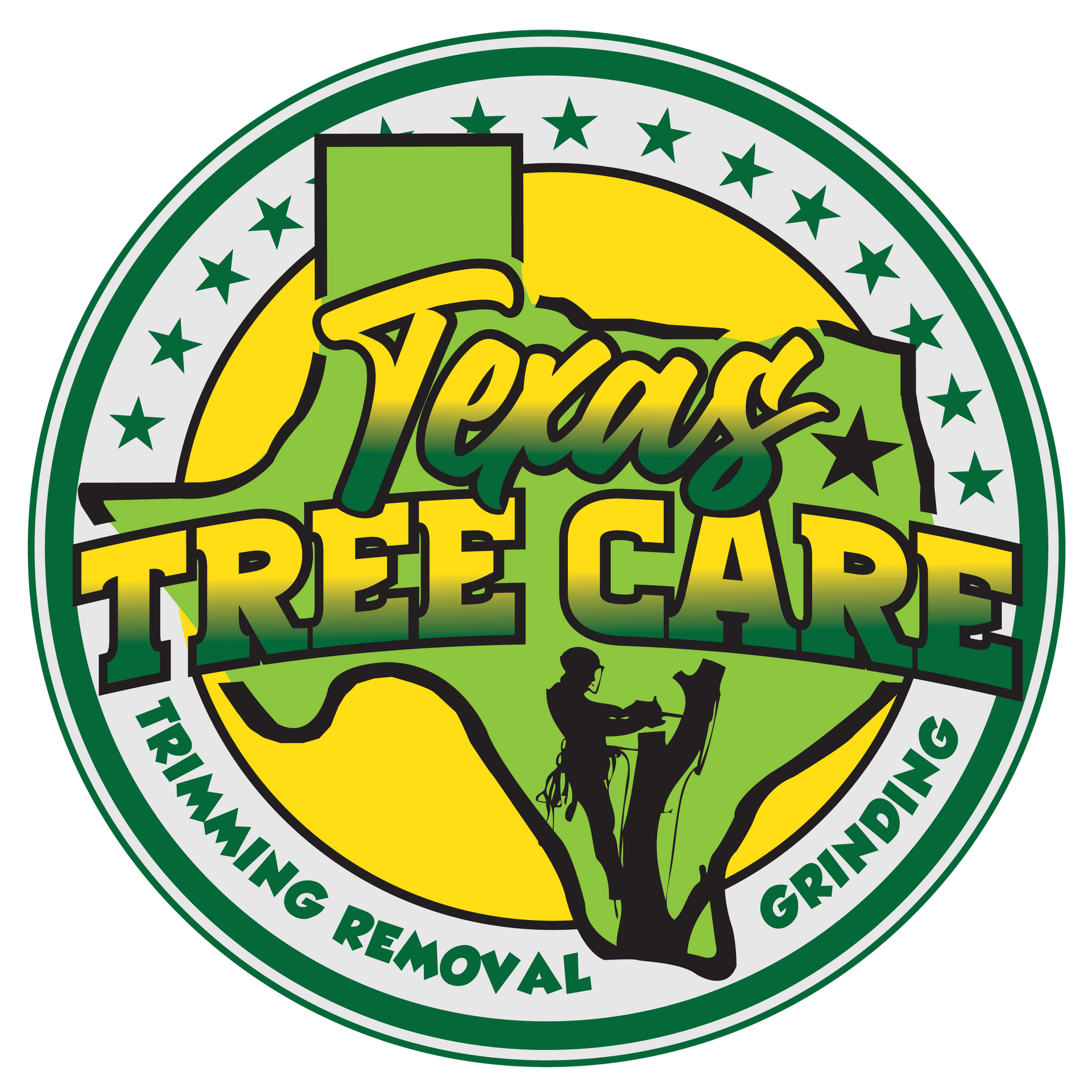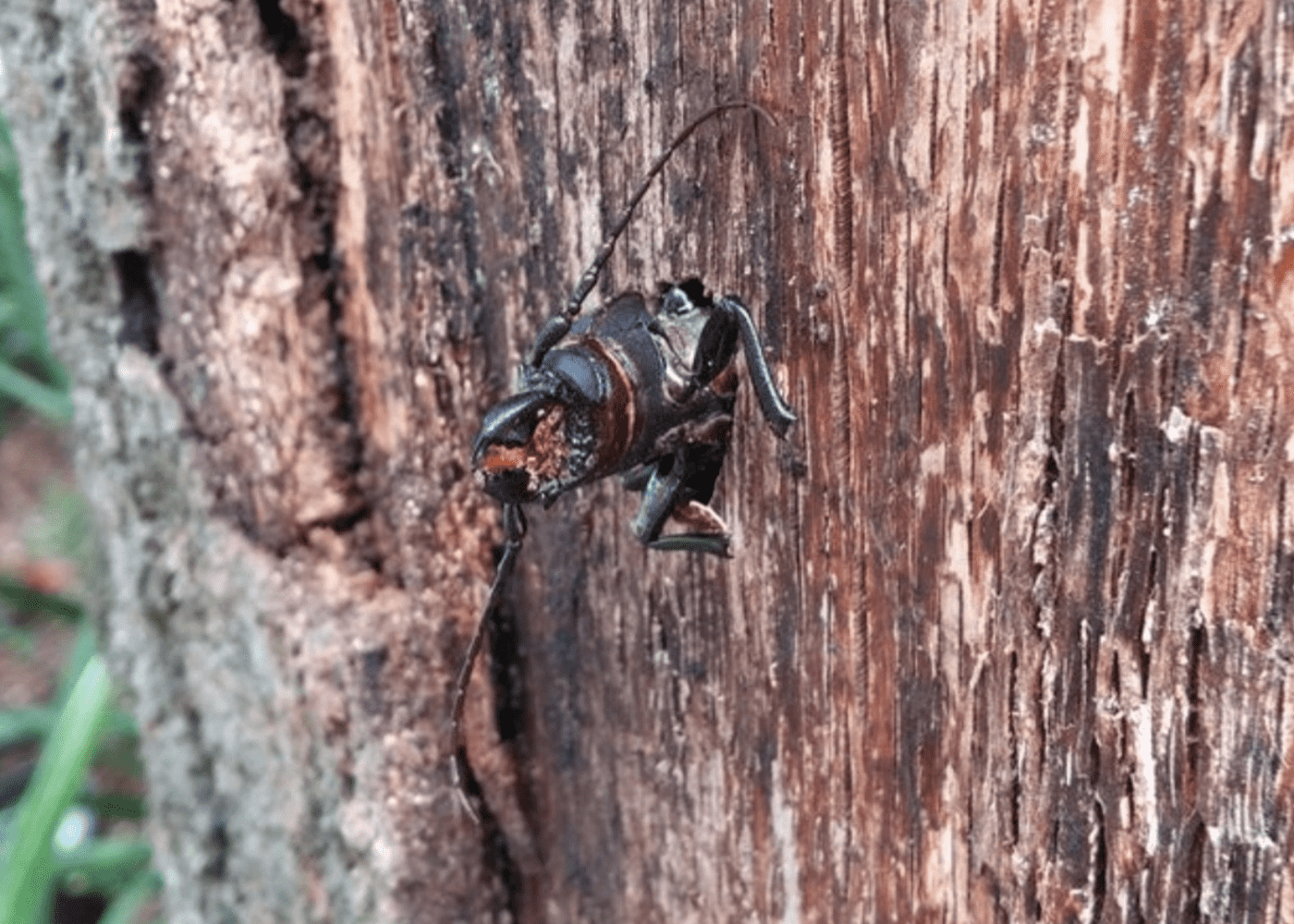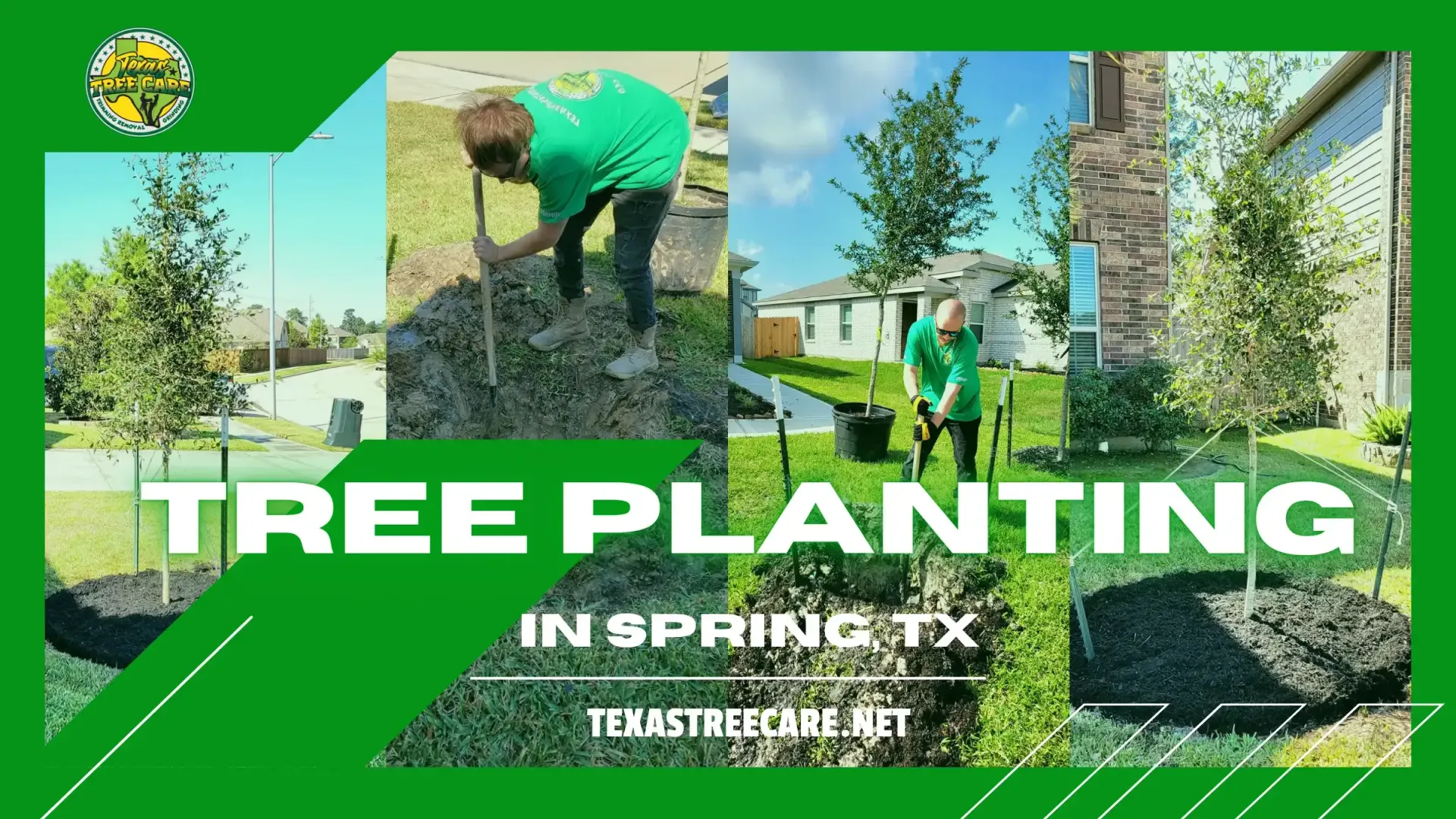Exploring Tree Pests and Tree Diseases: Types, Symptoms, and Treatments
Safeguarding Your Trees for a Healthier Future
Welcome to the Texas Tree Care Blog and our comprehensive guide on tree pests and tree diseases. Trees are valuable assets that enhance the beauty and environmental quality of your property. However, they are susceptible to various pests and diseases that can compromise their health and vitality. In this guide, we will delve into the world of tree pests and diseases, exploring their types, identifying symptoms, and discussing effective treatments to ensure your trees stay healthy and vibrant.
Table of Contents
Common Tree Pests
Aphids
Aphids are small insects that feed on tree sap, often causing leaf distortion and stunted growth. They can multiply rapidly, leading to infestations that weaken trees over time.
Boxelder Bugs
Boxelder bugs are nuisance pests that gather on trees, especially boxelder and maple trees, during fall. They seek shelter and warmth as the weather cools.
Bark Beetles
Bark beetles tunnel into the bark of trees, disrupting nutrient and water flow. Infested trees may exhibit signs of stress and eventually die.
Bagworms
Bagworms create protective bags from foliage and silk, attaching them to tree branches. They feed on leaves and can defoliate entire branches.
Scale Insects
Scale insects are small and immobile pests that attach to tree bark. They can weaken trees by sapping nutrients and causing leaf yellowing.
Identifying Pest Infestations
Visual Cues
Inspect leaves, branches, and trunks for visible signs of pests. Clusters of insects, webbing, or chewed leaves are indicators of infestation.
Unusual Growth Patterns
Pest-infested trees may exhibit abnormal growth patterns, such as twisted branches or excessive new growth.
Presence of Honeydew
Some pests, like aphids, excrete honeydew, a sticky substance that attracts mold and other pests. Look for shiny, sticky leaves.
Tree Diseases: Causes and Types
Fungal Infections
Fungi can cause diseases like powdery mildew and root rot. Fungal infections often manifest as discolored spots on leaves or a white powdery substance.
Bacterial Diseases
Bacterial infections, like fire blight, can cause wilting, blackening, and shriveling of leaves and shoots.
Viral Infections
Viral diseases interfere with tree growth and can lead to stunted or distorted leaves, as well as abnormal fruit development.
Oak Wilt
Oak wilt is a serious disease affecting oak trees, causing wilting and death. It spreads through root grafts and sap-feeding beetles.
Tree Fungus
Various types of tree fungi can cause decay and rot in the wood, weakening the tree's structure and leading to structural failure.
Canker
Cankers are sunken areas on tree bark caused by infections. They can disrupt nutrient flow and lead to branch dieback.
Detecting Tree Diseases
Discolored or Wilting Leaves
Yellowing, browning, or wilting leaves can indicate disease. Note the location of the symptoms to help diagnose the issue.
Cankers and Lesions
Sunken or discolored areas on the bark, known as cankers or lesions, are signs of infection. They can disrupt nutrient and water transport.
Stunted Growth
Diseased trees often experience stunted growth or reduced foliage due to the impact on nutrient uptake.
Preventive Measures
Proper Tree Care
Maintain tree health in Spring, TX, by providing adequate water, nutrients, and sunlight. Healthy trees are better equipped to fend off pests and diseases.
Regular Pruning
Prune dead or diseased branches to prevent the spread of infections. Proper air circulation reduces the risk of fungal growth.
Soil Management
Healthy soil supports robust tree growth. Mulching, aeration, and proper drainage contribute to soil health.
Natural Treatments for Tree Pests and Diseases
Neem Oil Spray
Neem oil acts as a natural insecticide and fungicide, disrupting pest growth and development.
Beneficial Insects
Introduce beneficial insects like ladybugs and lacewings to control pest populations naturally.
Horticultural Oils
These oils smother pests and their eggs, preventing further infestations. They're effective against various insects.
Magnolia Scale Treatments
Effective treatment for magnolia scale infestations includes the use of horticultural oils and beneficial insects.
Emerald Ash Borer Treatment
Control emerald ash borer populations through insecticide application and preventative measures like trunk injections.
Chemical Treatments: When and How
Insecticides
Insecticides target specific pests and are applied as sprays or soil drenches. Follow instructions carefully and consider environmental impact.
Fungicides
Fungicides protect against fungal infections. Apply them during the appropriate season and in the recommended concentrations.
Antibiotics
For bacterial infections, antibiotics can be injected into the tree's vascular system to combat the disease.
Magnolia Scale Treatments
Effective treatment for magnolia scale infestations includes the use of horticultural oils and beneficial insects.
Emerald Ash Borer Treatment
Control emerald ash borer populations through insecticide application and preventative measures like trunk injections.
Consulting a Professional Arborist
When to Seek Help
If pest or disease symptoms persist, it's time to consult a certified arborist from Texas Tree Care. They can diagnose the issue and recommend appropriate treatments.
Finding a Qualified Arborist
Look for arborists with certifications, experience, and positive reviews. A qualified professional ensures accurate diagnosis and treatment.
Importance of Timely Intervention
Early detection and treatment are crucial for successful pest and disease management. Waiting too long can lead to irreversible damage.
Conclusion
Maintaining the health of your trees in Spring, TX and surrounding areas such as Houston, The Woodlands and Tomball, with the help of Texas Tree Care , requires vigilance and proactive care. By understanding common tree pests and diseases, identifying symptoms, and implementing effective treatments such as magnolia scale treatments and emerald ash borer treatment , you can safeguard the beauty and longevity of your cherished trees. Remember, a healthy tree contributes to a healthier environment for generations to come. Read below for our FAQs.
FAQs:
How do you treat an infested tree?
Treating an infested tree typically involves using targeted treatments, such as insecticides or fungicides, applied by a professional arborist. It's important to address the specific pest or disease causing the infestation and follow recommended guidelines for safe and effective treatment.
Are chemical treatments harmful to the environment?
While some chemicals can have environmental impacts, proper application and following guidelines minimize risks.
Can I use horticultural oils on any tree?
Horticultural oils are generally safe for most trees, but it's best to consult an arborist for specific recommendations.
How often should I prune my trees?
Regular pruning every 2-3 years helps maintain tree structure and health.
Are viral tree diseases contagious to other trees?
Viral diseases can spread to nearby trees, especially through grafting or close contact.
What's the role of beneficial insects in pest control?
Beneficial insects like ladybugs and lacewings help naturally control pest populations by feeding on harmful insects.




